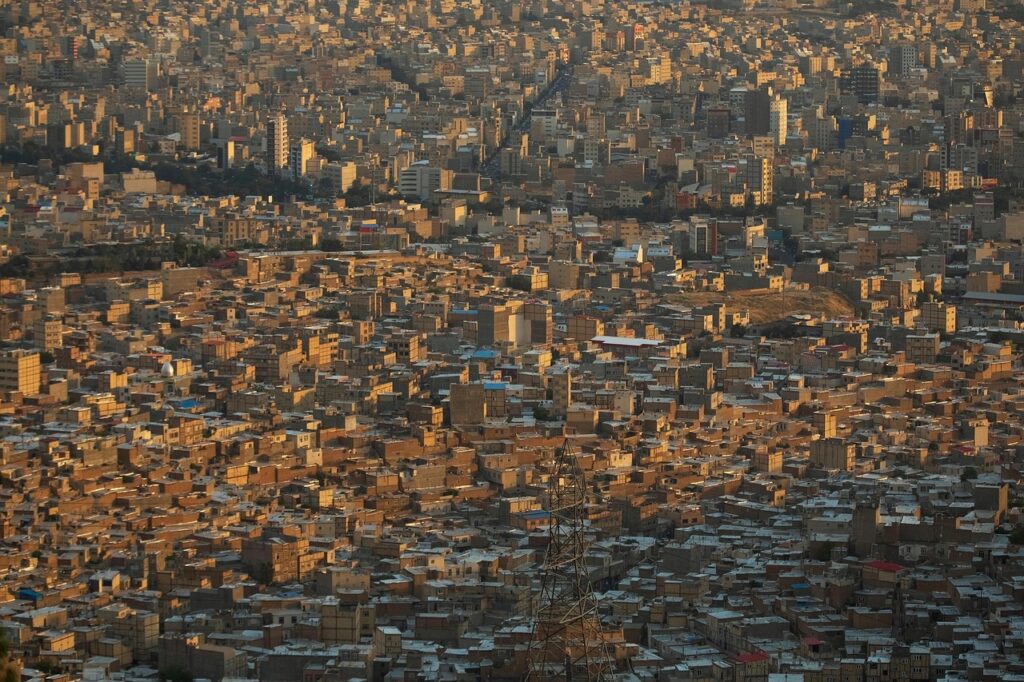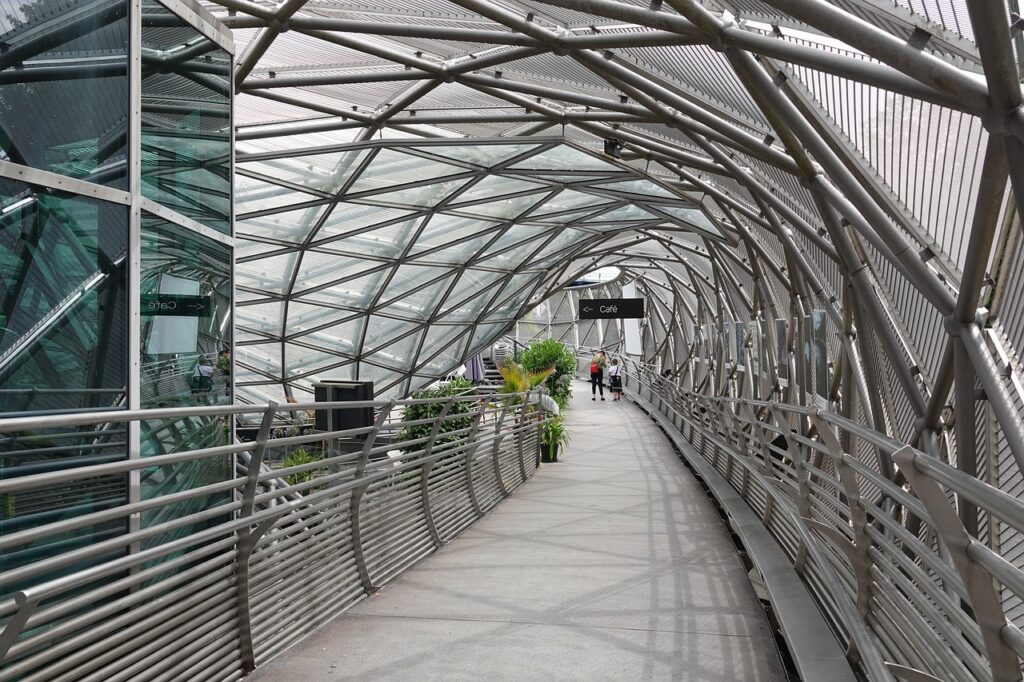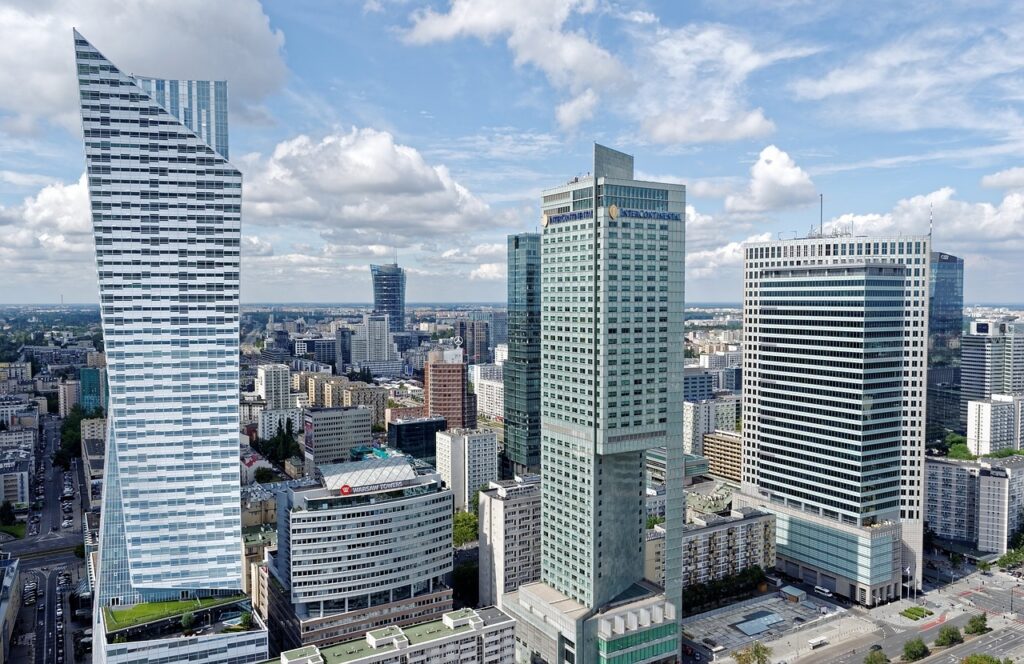
Imagine walking through a city where skyscrapers are draped in lush greenery, urban parks pulse with life, and every building feels like an extension of nature. This isn’t a utopian dream it’s the essence of biophilic urbanism, a design philosophy that’s reshaping how we build and live in cities. As urban populations swell and mental health challenges rise, architects and planners are turning to nature to create healthier, more sustainable urban environments. Let’s explore why biophilic urbanism is the future of city design and how it’s transforming our concrete jungles into vibrant, living ecosystems.
What Is Biophilic Urbanism?
Biophilic urbanism is rooted in biophilia, the innate human connection to nature. Coined by biologist E.O. Wilson, the term describes our biological need to engage with the natural world. Biophilic urbanism takes this concept beyond individual buildings and applies it to entire cities, weaving natural elements into the urban fabric. Think green roofs, vertical gardens, urban forests, and buildings designed to maximize natural light and airflow. It’s about creating spaces that not only reduce environmental impact but also boost human well-being.
Unlike traditional urban planning, which often prioritizes efficiency and density, biophilic urbanism focuses on human-nature synergy. It’s a response to the sterile, gray cityscapes that dominate modern life, offering a vision where nature and urbanity coexist harmoniously.
Why Biophilic Urbanism Matters Now

In 2025, over 56% of the global population lives in urban areas, and that number is climbing. Cities face mounting pressures: air pollution, heat islands, and the mental toll of disconnected, high-stress environments. Studies show that access to green spaces can reduce anxiety, improve focus, and even lower blood pressure. Yet, many urban dwellers lack meaningful contact with nature.
Biophilic urbanism addresses these challenges head-on. By integrating natural systems into city design, it tackles climate change, enhances biodiversity, and promotes mental health. For instance, urban greenery can lower city temperatures by up to 5°C, while green roofs can reduce building energy use by 15-20%. Beyond the numbers, biophilic cities feel alive spaces where people thrive, not just survive.
Iconic Examples of Biophilic Urbanism
Across the globe, cities are embracing biophilic principles with stunning results. Here are a few trailblazers:
- Singapore’s Gardens by the Bay: This futuristic urban park blends iconic Supertree structures with sprawling gardens, showcasing how technology and nature can merge. The project has become a global model for sustainable urban tourism.
- Milan’s Bosco Verticale: These twin residential towers are cloaked in over 20,000 trees and plants, creating a vertical forest that absorbs CO2, produces oxygen, and provides residents with a lush, calming environment.
- Copenhagen’s Green Transformation: Copenhagen aims to be carbon-neutral by 2025, with initiatives like urban bike paths lined with greenery and pocket parks that encourage community interaction. The city’s “green fingers” strategy extends nature into every neighborhood.
These projects prove that biophilic urbanism isn’t just aesthetic it’s functional, sustainable, and transformative.
Key Principles of Biophilic Design in Cities

So, how do architects and planners bring biophilic urbanism to life? Here are some core strategies:
- Green Infrastructure: Incorporate green roofs, living walls, and urban forests to improve air quality and regulate temperatures. For example, Melbourne’s Urban Forest Strategy has planted over 70,000 trees since 2012.
- Water Integration: Use natural water features like rain gardens, bioswales, and urban wetlands to manage stormwater and create serene public spaces. Toronto’s Corktown Common is a stellar example, blending flood protection with parkland.
- Natural Light and Ventilation: Design buildings with large windows, atriums, and open layouts to maximize daylight and airflow, reducing energy costs and enhancing occupant comfort.
- Biodiversity Hubs: Create urban habitats for wildlife, such as bird-friendly building facades or pollinator gardens, to support local ecosystems. New York’s High Line park is a hotspot for native plant species and urban wildlife.
- Human-Centric Spaces: Prioritize pedestrian-friendly zones, community gardens, and sensory-rich environments that foster social connection and relaxation.
Challenges and the Path Forward
While biophilic urbanism is inspiring, it’s not without hurdles. High costs, limited space, and maintenance demands can deter cash-strapped cities. Gentrification is another concern green projects often raise property values, pricing out long-term residents. To address this, planners must prioritize equity, ensuring biophilic benefits reach underserved communities.
Technology is helping overcome these barriers. Innovations like modular green walls and low-maintenance plant species make biophilic design more accessible. Meanwhile, policies like Singapore’s “Landscape Replacement” mandate, which requires new developments to include green spaces, are setting a precedent for scalable change.
A Call to Action: Building Cities That Breathe

Biophilic urbanism isn’t just a trend it’s a necessity. As we face a warming planet and urban sprawl, cities must evolve to nurture both people and the environment. Architects, policymakers, and communities all have a role to play. Whether it’s advocating for a new urban park, designing a green-roofed community center, or simply planting a tree, every step counts.
The cities of tomorrow should be places where nature isn’t an afterthought but a partner. Let’s design urban spaces that breathe, grow, and inspire cities that feel as alive as the people who call them home.

